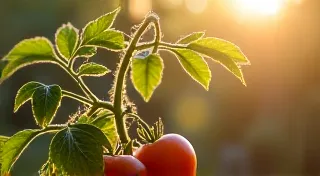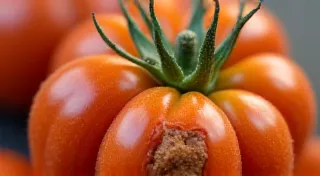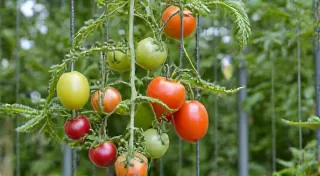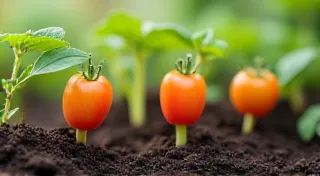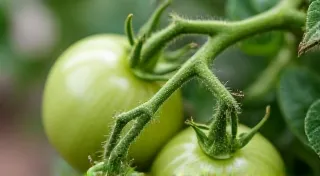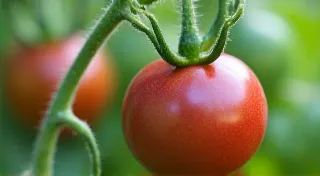Black Krim Tomatoes in the Southwest: Thriving in the Heat
The Black Krim tomato, with its rich, smoky flavor and striking dark purple hue, is a beloved heirloom variety. While known for its deliciousness, it's also surprisingly well-suited to the challenging climates of the Southwest. Don't let the intense heat and blazing sun scare you; with a few targeted strategies, you can enjoy a bountiful harvest of these extraordinary tomatoes right in your Southwest garden. This guide will cover everything you need to know, from soil preparation to pest control, specifically tailored for your region.
Understanding the Black Krim Tomato
Black Krim tomatoes are indeterminate, meaning they continue to grow and produce fruit throughout the growing season. They originated in Russia and are believed to be descendants of Crimean tomatoes. The fruit typically weighs between 4-8 ounces and has a unique, almost chocolate-like flavor profile. The interior flesh is a deep crimson red, contrasting beautifully with the dark purple skin.
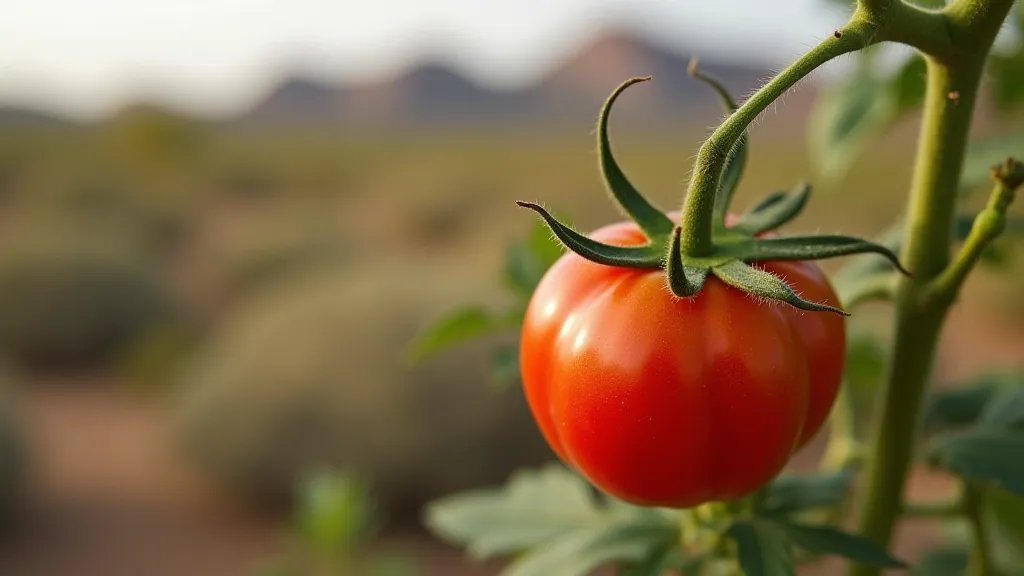
Southwest Growing Challenges & Solutions
Growing anything in the Southwest requires a little extra care and attention. Here’s a breakdown of the challenges and specific solutions for Black Krim tomatoes:
- Intense Heat: Black Krims handle heat well, but prolonged extreme temperatures (above 95°F/35°C) can still stress the plants and impact fruit development.
- Solution: Provide afternoon shade using shade cloth or strategically plant them near taller plants that can offer protection.
- Intense Sunlight: While tomatoes need sunlight, the intensity of the Southwest sun can scorch leaves and potentially affect fruit color.
- Solution: Choose a planting location that receives morning sun and afternoon shade. Consider reflective mulch to reduce heat reflected onto the plants.
- Water Scarcity: Water conservation is crucial in the Southwest.
- Solution: Deeply water your plants less frequently. This encourages deep root growth, making them more drought-tolerant. Mulching with organic matter (straw, wood chips) helps retain moisture. Consider drip irrigation.
- Soil: Southwestern soils can be alkaline and nutrient-poor.
- Solution: Amend your soil with plenty of organic matter like compost and well-rotted manure. Test your soil pH and adjust if necessary (aim for a slightly acidic pH of 6.0-6.8). Consider raised beds for better drainage and soil control.
Planting and Care
Here's a region-specific guide to planting and caring for Black Krim tomatoes in the Southwest:
- Starting Seeds: Start seeds indoors 6-8 weeks before the last expected frost.
- Transplanting: Transplant seedlings outdoors after the danger of frost has passed. Space plants 24-36 inches apart.
- Staking or Caging: Black Krim tomatoes are vining plants and require support. Use sturdy stakes or cages.
- Fertilizing: Feed plants every 2-3 weeks with a balanced organic fertilizer.
- Pruning: Prune suckers (the shoots that grow between the main stem and branches) to improve airflow and focus the plant's energy on fruit production.
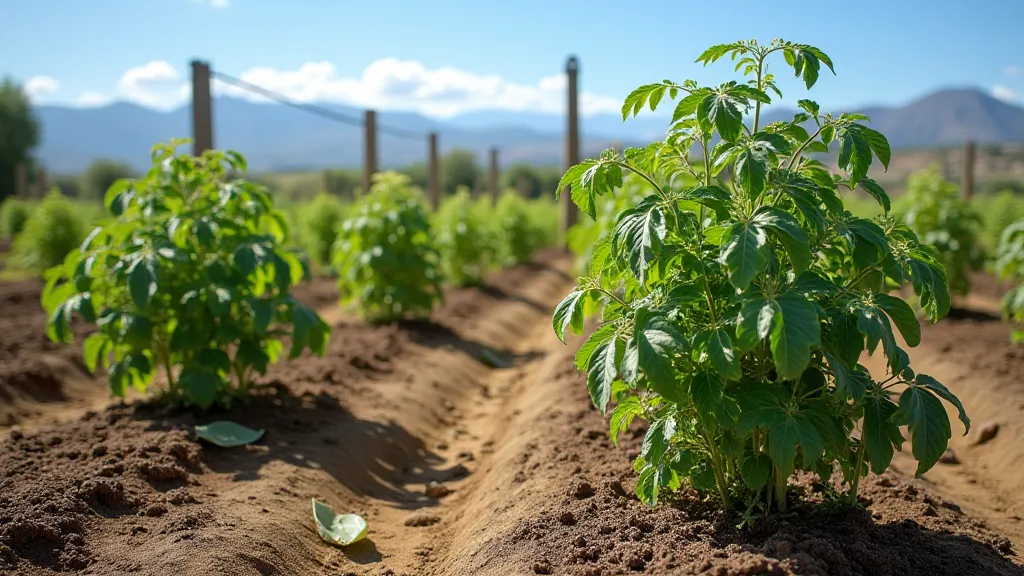
Pest and Disease Control
Keep an eye out for common tomato pests and diseases.
- Aphids: Spray with insecticidal soap.
- Tomato Hornworms: Handpick them off the plants.
- Early Blight: Improve air circulation and apply a copper-based fungicide if necessary.
Remember to practice crop rotation to prevent disease buildup in the soil.
Harvesting
Black Krim tomatoes are ready to harvest when they are fully colored and slightly soft to the touch. They often develop a beautiful dark purple/burgundy color when ripe.
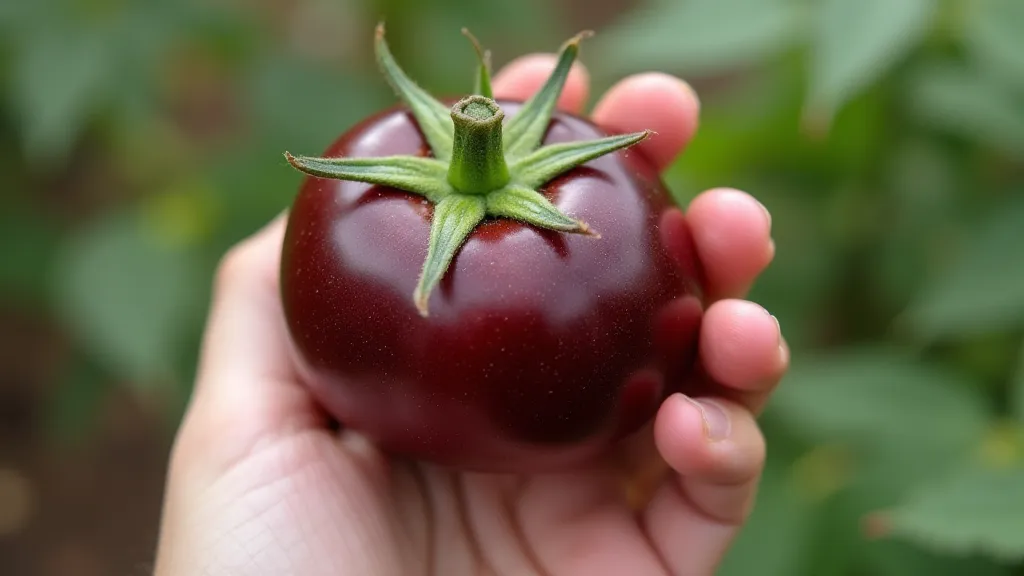
Enjoying Your Harvest
Black Krim tomatoes are incredibly versatile. Enjoy them fresh in salads, sandwiches, or sauces. Their unique flavor makes them a standout in any dish. With a little extra care tailored to your Southwestern climate, you’re sure to enjoy a bountiful and delicious harvest of Black Krim tomatoes!
